Moroccan Food Rituals: Unveil the Secrets of Authentic Culinary Wonders
Morocco’s culinary landscape is a vibrant tapestry woven with centuries of tradition, cultural fusion, and deep-rooted communal values. From the aromatic spices of bustling souks to the carefully prepared dishes served on communal tables, Moroccan food rituals are far more than just a meal—they are a window into the heart and soul of the nation. Every dish tells a story: the influence of Berber, Arab, Andalusian, and French cultures, blended seamlessly to create flavors that are both unique and unforgettable. Experiencing Moroccan food rituals allows travelers to witness the artistry of local chefs, the meticulous use of spices, and the cultural symbolism embedded in every meal. Whether it’s sharing a steaming tagine with family, participating in the ceremonial pouring of mint tea, or enjoying a festive couscous on a Friday afternoon, Moroccan food rituals reveal Morocco’s hospitality, respect for tradition, and the warmth of its people, offering a culinary journey that nourishes both body and spirit.
The Spiritual Rhythm of Moroccan Meals
In Morocco, the day is punctuated by the call to prayer, and meals are no exception. The rhythm of daily life is intricately linked to the Islamic prayer times, influencing when and how meals are consumed. Breakfast is often a light affair, with mint tea and bread, while lunch is the main meal, typically enjoyed around midday. Dinner is a later event, often shared with family and friends, reflecting the Moroccan emphasis on hospitality and communal living.
Traditional Dishes: More Than Just Food
Moroccan cuisine is renowned worldwide for its rich flavors, aromatic spices, and diverse cultural influences. Every dish tells a story, reflecting centuries of history and the blending of Berber, Arab, Andalusian, and French culinary traditions. Staples such as tagine, couscous, harira, and pastilla are more than just meals—they are essential components of Moroccan food rituals, embodying the values, customs, and communal spirit of Moroccan life. Preparing and serving these dishes often involves time-honored techniques, from the slow-cooked perfection of a tagine to the intricate layering of pastilla with savory and sweet flavors. Participating in these Moroccan food rituals allows travelers to engage with the culture on a deeper level, experiencing not only the flavors but also the social and symbolic meanings behind each meal. Whether gathered around a shared plate for a family lunch or enjoying a festive couscous during religious celebrations, Moroccan food rituals serve as a gateway to understanding Morocco’s rich culinary heritage and the warmth of its people.
Tagine: A slow-cooked stew named after the earthenware pot in which it’s prepared, tagine combines meats, vegetables, and a blend of spices to create a dish that is both comforting and complex.
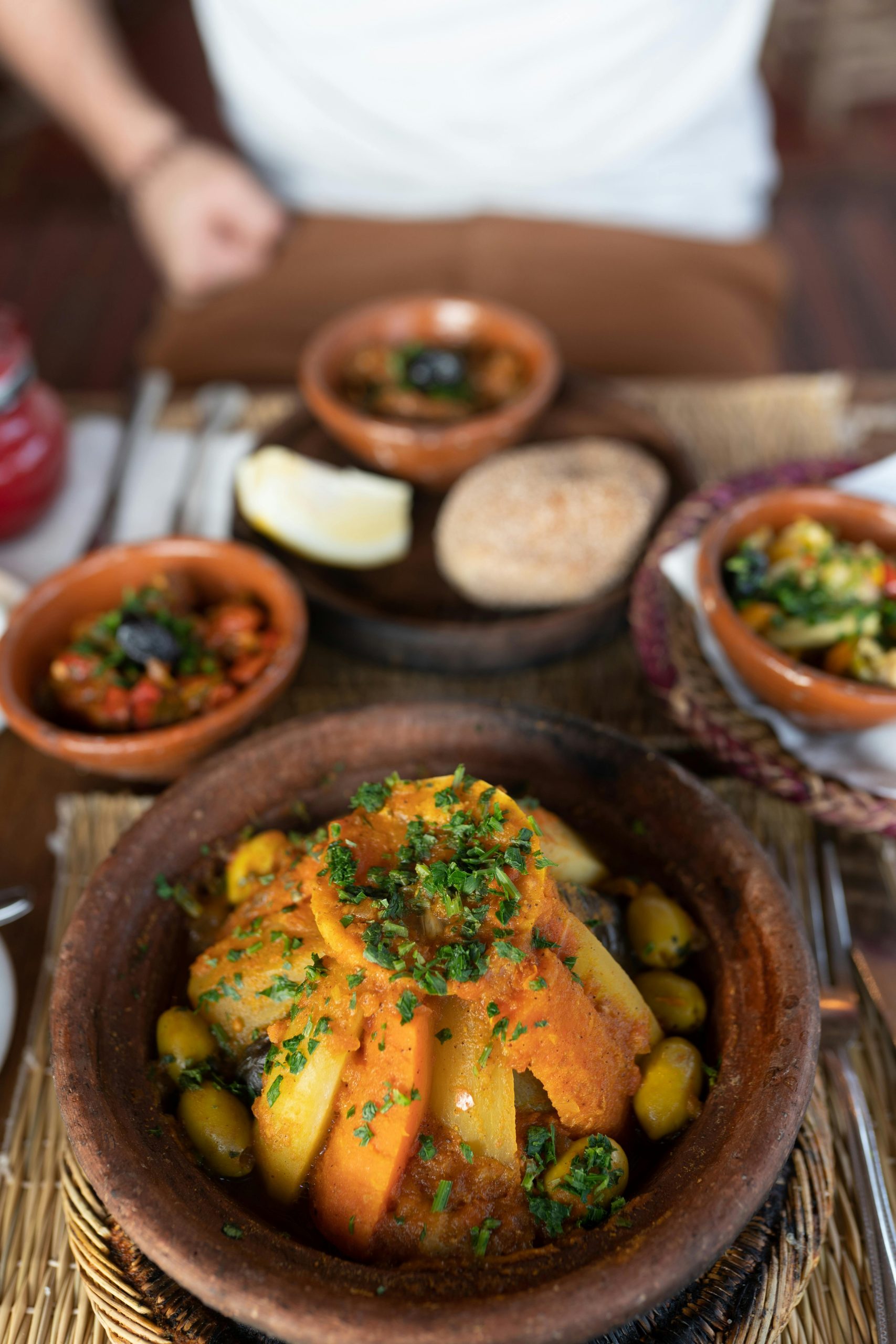
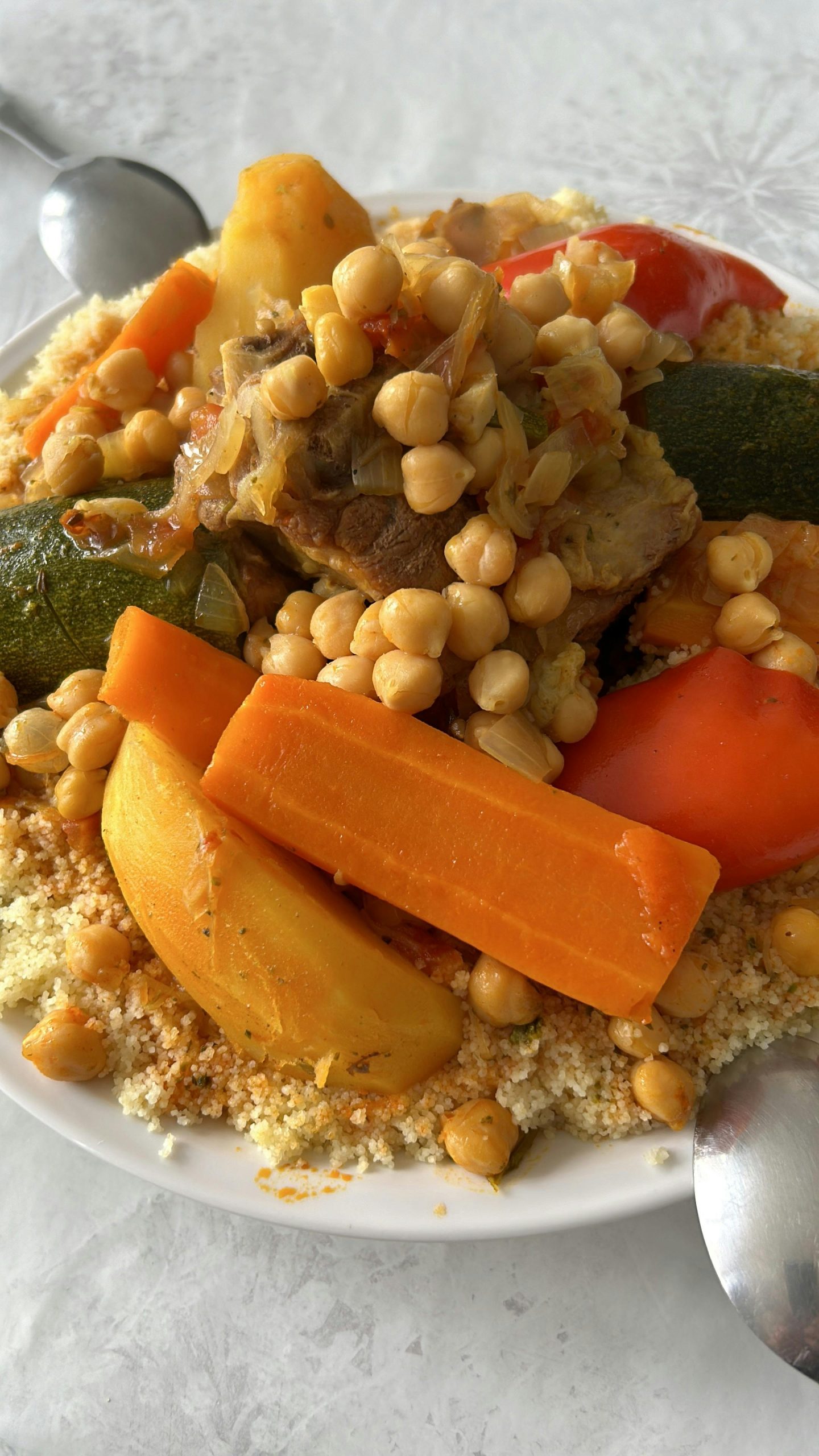
Couscous: Traditionally served on Fridays, couscous is a symbol of family unity and is often accompanied by lamb, vegetables, and a rich broth.
Harira: A hearty soup made with tomatoes, lentils, chickpeas, and meat, harira is especially popular during Ramadan, breaking the fast with warmth and nourishment.
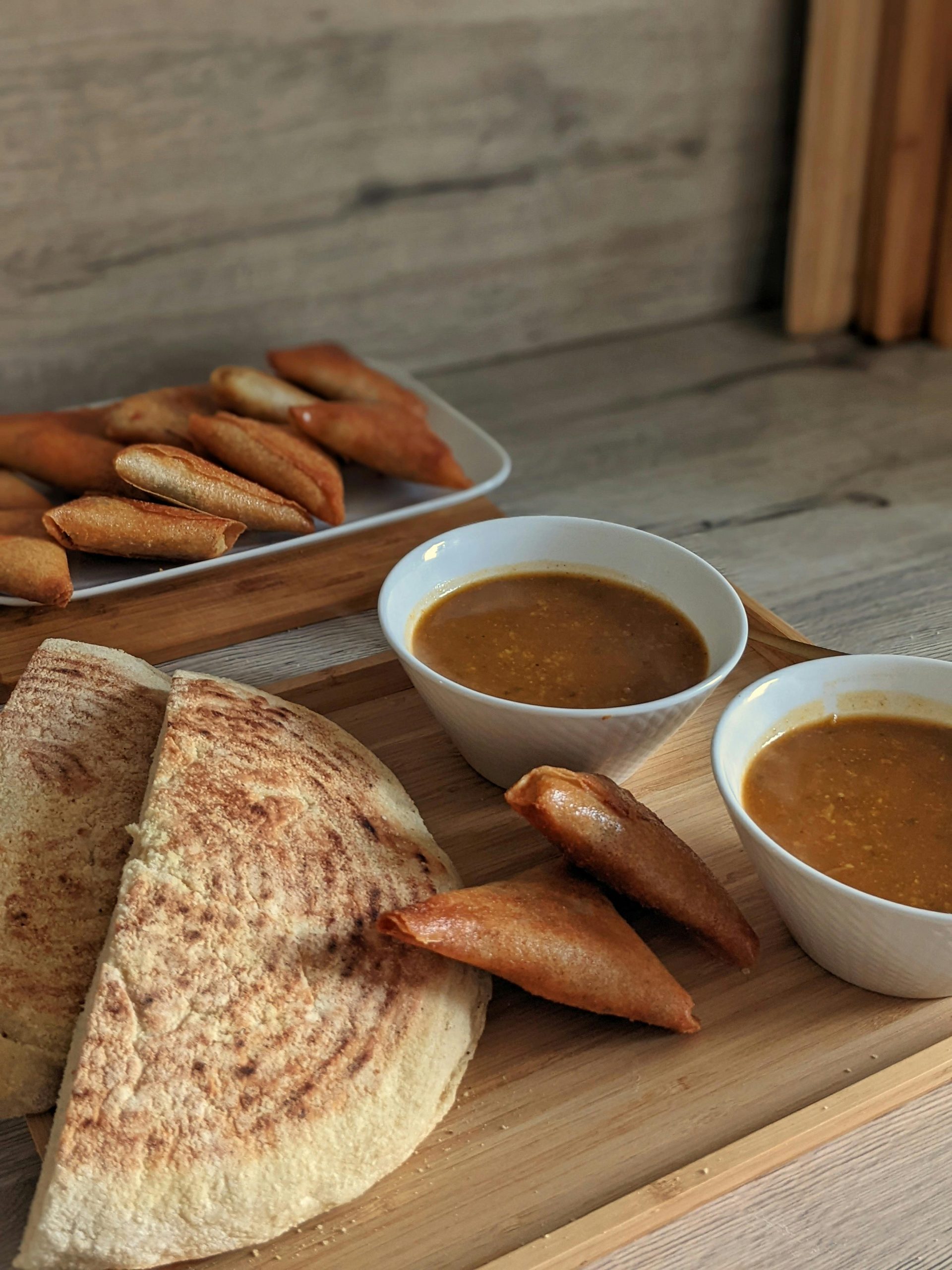
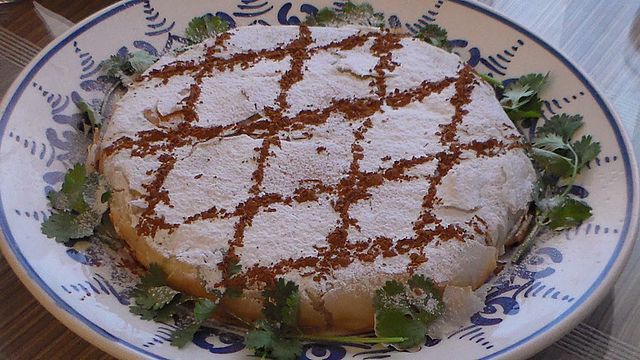
Pastilla: A savory-sweet pastry filled with pigeon meat, almonds, and cinnamon, pastilla showcases the Moorish influence on Moroccan cuisine.
Make your next trip unforgettable.
Off-Season Travel Destinations Worth Exploring
Food plays a central role in Moroccan celebrations, marking significant religious and cultural events.
-
Ramadan: The holy month of fasting culminates in the evening meal known as iftar (or ftour in Morocco), where families gather to break their fast with dates, harira soup, and an array of pastries like chebakia and sellou.
-
Eid al-Fitr: The festival marking the end of Ramadan is celebrated with grand feasts, featuring dishes like couscous, lamb with prunes, and chicken pastilla. It’s a time for family reunions and charitable acts, with Zakat al-Fitr ensuring that even the less fortunate can partake in the festivities.
The Ritual of Mint Tea: A Symbol of Hospitality
No discussion of Moroccan food rituals is complete without mentioning mint tea. Mint tea is more than a beverage—it’s a symbol of hospitality and a gesture of welcome. The elaborate pouring technique, where tea is poured from a height to create a frothy top, adds to the ceremonial aspect of this ritual.
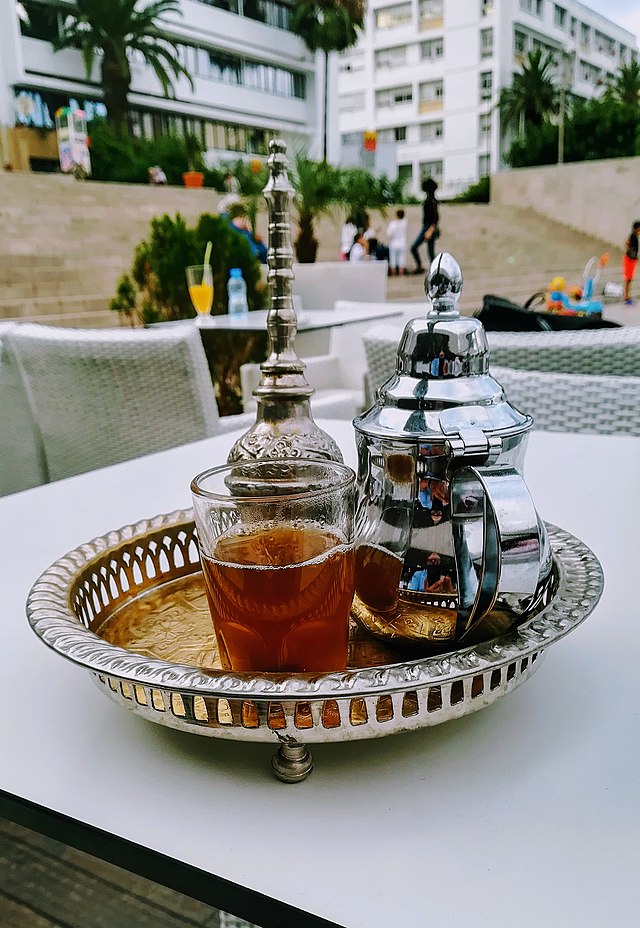
Communal Dining: Strengthening Social Bonds
Meals in Morocco are typically communal affairs, with family and friends gathering around a low table to share dishes. This communal dining fosters a sense of unity and reinforces social bonds. The act of eating from a shared platter, often using bread to scoop up food, emphasizes the values of sharing and togetherness.
Have you experienced the rich tapestry of Moroccan food rituals? Share your thoughts and experiences in the comments below. Let’s celebrate the flavors and traditions that make Moroccan cuisine a global treasure.
Make your next trip unforgettable.
Morocco’s Culinary Influence on Global Cuisine
Moroccan cuisine’s rich flavors and unique techniques have influenced culinary traditions worldwide. The use of spices like saffron, cumin, and cinnamon, along with cooking methods such as slow-cooking in tagines, has left an indelible mark on global gastronomy. Moroccan restaurants and chefs are now celebrated internationally, bringing the flavors of Morocco to the world stage.

